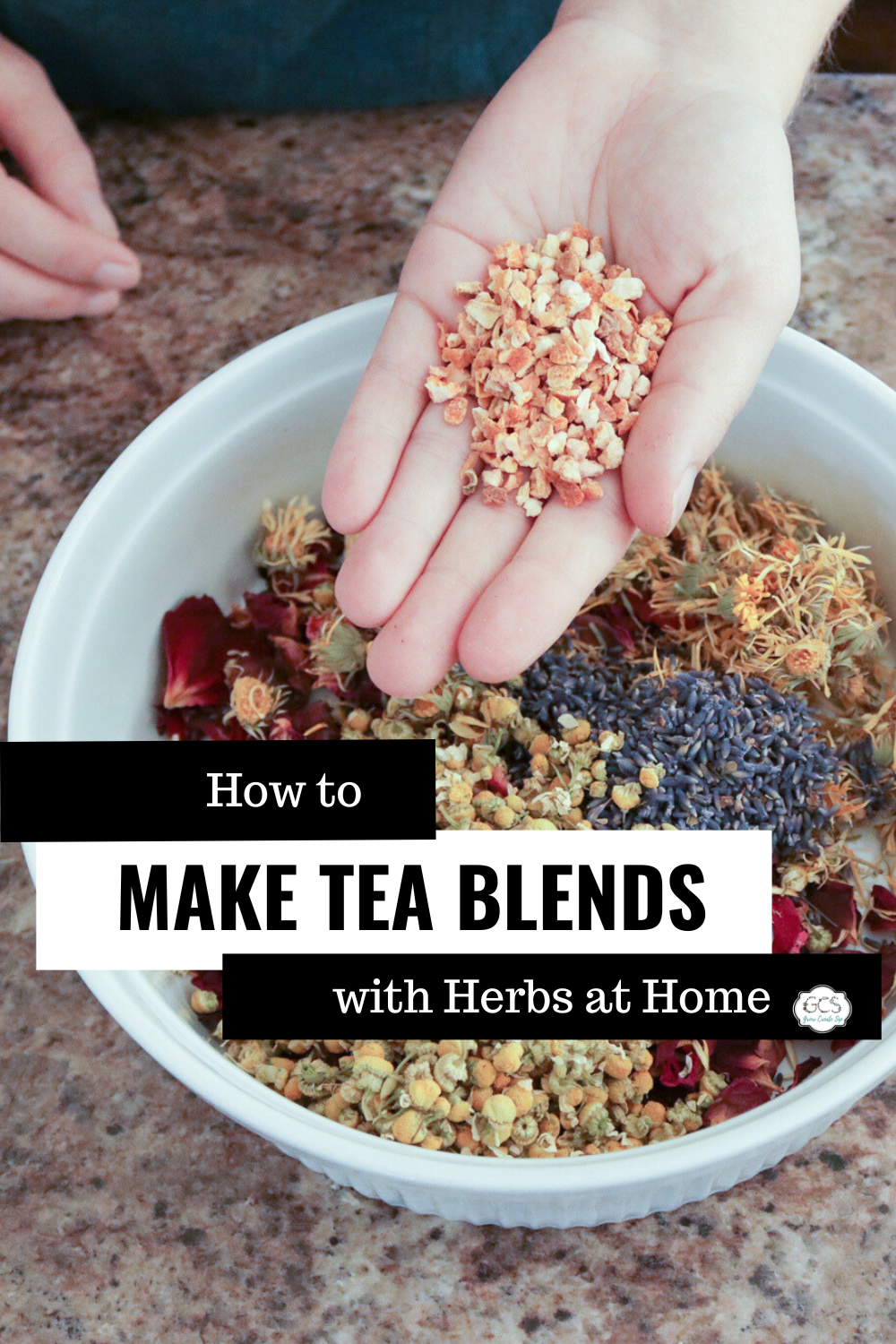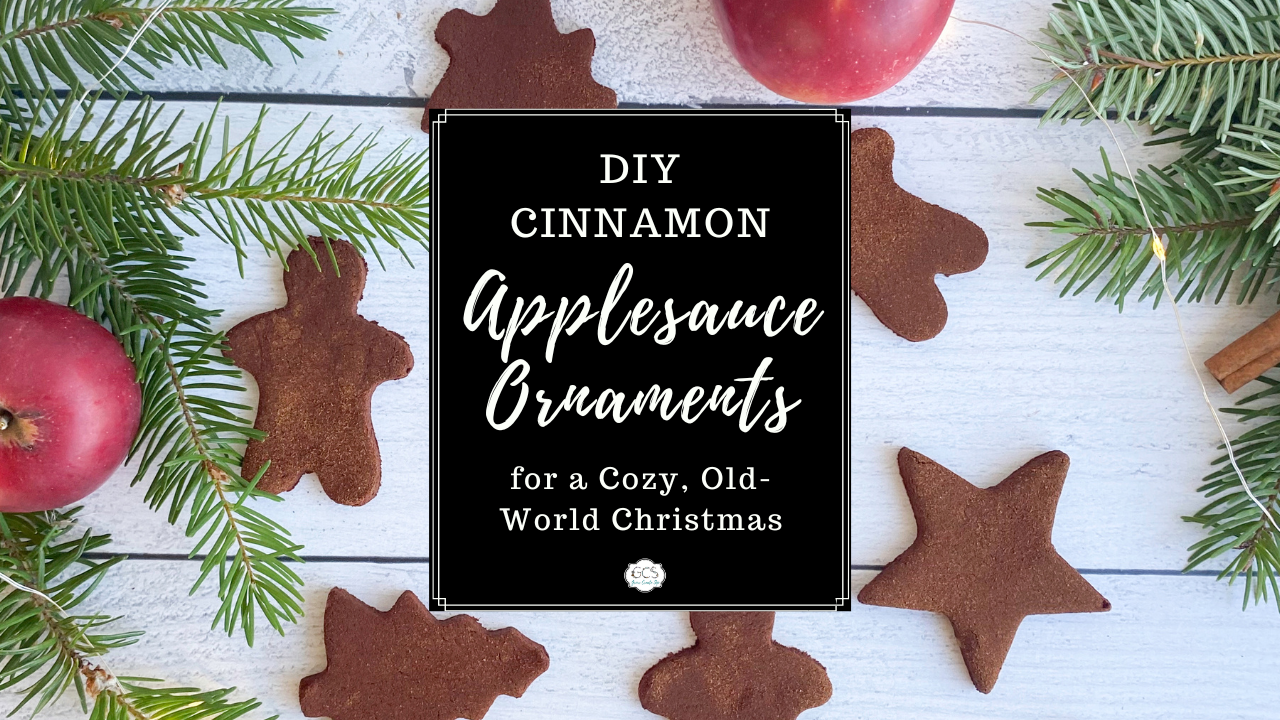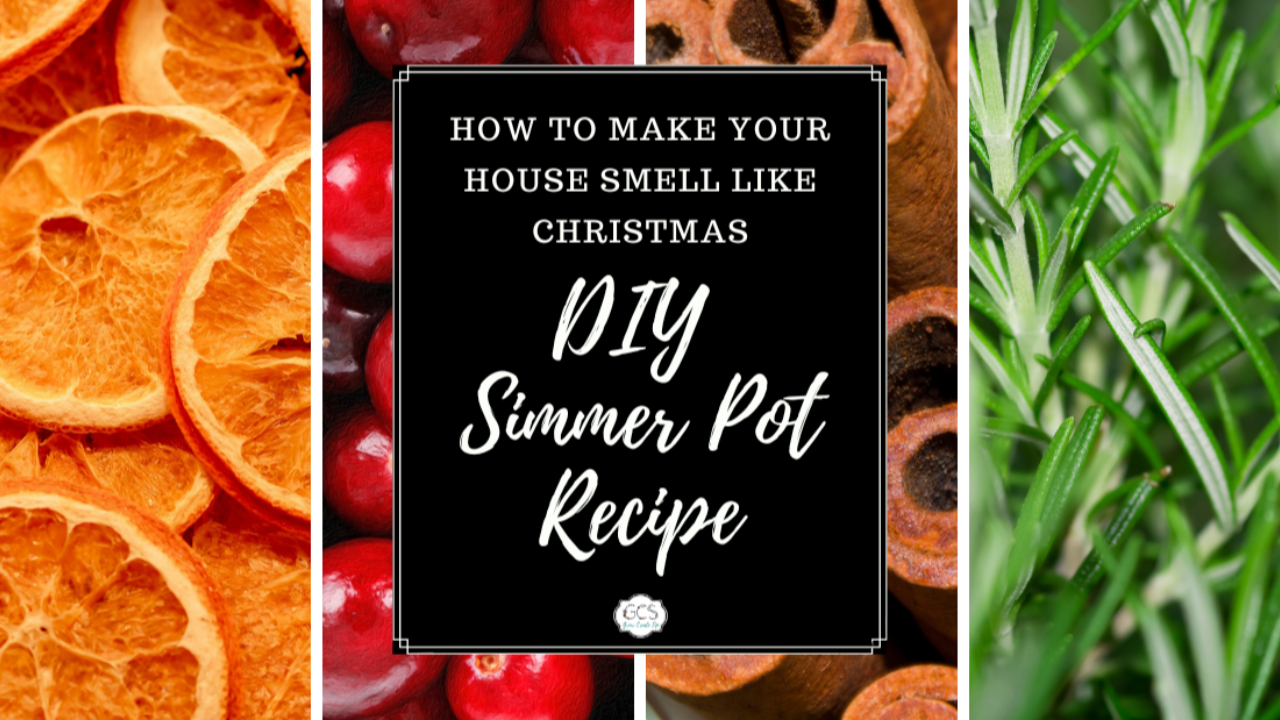How to Make Your Own Tea Blends: The Pyramid Method
Aug 05, 2024
Do you have an abundance of herbs in your garden? Or maybe you’re tired of that bottom-of-the-barrel tea dust in the bleached tea bags that taste like medicine.
Well, have I got some good news for you! Did you know that you can blend your own herbs at home — even using herbs from your garden? —You can create your own homemade tea blends that actually taste good? It's time to turn these wonderful herbs into flavorful and nutrition-filled teas that you will love to drink.
No more tea that tastes like weeds! Let's dive into my top tips for blending teas for friends, family, and customers, based on over a decade of experience.
Discover the art of tea blending with our easy guide, and start creating your own unique tea blends with the Pyramid Method. From understanding the fundamentals of blending to selecting the perfect base, middle, and top notes, you’ll learn how to craft delicious and beneficial blends tailored to your needs. There’s no shortage of possibilities for making your own custom teas!

What is the Pyramid Method?
It can be helpful to think of the Pyramid Method as a blueprint or map to follow as you create your blends. It provides direction for finding that perfect balance of flavors and aromas… it’s just like building a pyramid brick by brick!
There are 3 key elements to your tea pyramid: the base, middle, and top notes. They act as the foundation, heart, and finishing touch of your tea blends. By balancing these layers, you’ll create teas that are harmonious and helpful. The base is made up of primary herbs, the middle is full of nutritive herbs, and the top notes feature catalyst herbs. Don’t worry, I’ll explain what all of that means a little later on!
Speaking of pyramids, you may also have heard of the Tea Triangle—it’s used to create teas with medicinal benefits. The pyramid Method (a.k.a. the Tea Triangle) can help guide you as you determine which primary, nutritive, and catalyst herbs to choose.
No matter what, your goal should always be to create a well-balanced blend. This is very easy to do when you ensure each layer of the pyramid is properly represented.

Different Herbs for Different Folks
Before we get into the details of tea blending, it’s important to think about why you’re blending in the first place. Every tea blend serves a different purpose, whether it’s to relax after a hectic day or to energize your mornings. Here are some examples:
- Chamomile and lavender: Ideal for winding down after a busy day, this blend promotes relaxation and sleep. Perfect for busy mamas who need a moment of peace after tucking the little ones into bed.
- Green tea with lemon and ginger: This blend will kickstart your morning with a burst of energy! Plus, the lemon and ginger can enhance your immune system. Great for moms who need a refreshing pick-me-up before tackling their day.
- Peppermint and eucalyptus: If you wake up with a stuffy nose, clear it out with this refreshing blend. Both herbs are also known to boost mental clarity!
When creating your unique blends, consider your needs and those of your family. Blend with purpose!
How to Make Your Own Tea Blends
Now that you understand the basics, it’s time to break down each layer of the tea pyramid so you can create your blends.
Select the Base Tea
Remember to think of your base tea as the foundation of your blend: it sets the tone and provides a solid start for the other layers. When you choose yours, you’ll want to consider factors like flavor profile, caffeine content, and intended use. Do you want a cuppa you can enjoy first thing in the morning to wake you up? Or maybe you want something to help you wind down in the evenings. Give it a good think before you get started!
Generally, black teas are robust in flavor, and high in caffeine, green teas are known for their freshness, and herbal teas provide plenty of caffeine-free options. Don’t be afraid to experiment with different base teas to find the perfect one for your unique blend.
Here is where you’ll want to use those primary herbs I mentioned. Renowned for their medicinal properties, primary herbs offer a myriad of health benefits. Chamomile, peppermint, and elderflower are the most common (and a few of our favorites!) — chamomile is known for its calming effects, peppermint for aiding digestion, and elderflower for its immune system-boosting properties.

Choose the Middle Notes
The middle notes are the heart of your blend, adding depth and complexity to the overall flavor profile. If your base tea sets the tone, your middle notes support and elevate that tone.
Botanicals, herbs, and citrus peels are all commonly used. The middle layer is also a great place to introduce some nutritive herbs. You can think of them as nature’s multivitamins! These herbs are full of nutrition and can play a vital role in nourishing your body and promoting overall wellness. Nettle, dandelion leaf, and red clover are all great examples. Nettle is rich in vitamins and minerals, dandelion leaf is packed with potassium plus antioxidants and is great for skin, and red clover helps balance hormones.

Finish with the Top Notes
The top notes and catalyst herbs are the finishing touch that adds fragrance and character to your blends.
When choosing your top notes, consider the overall experience you want to bring to your blend, then go from there—looking for something fresh? Add some citrus. Would you prefer something with a bit more sweetness? Try lavender or rose petals! Top notes tie the blend together and give it it’s finishing touches.
Here is where you’ll add your catalyst herbs. These are all about enhancing the other layers. In other words, they act as the “catalyst” to activate the effectiveness of the other herbs you use in your tea blends. Ginger, cinnamon, and cardamom are our go-to’s — ginger helps digestion, cinnamon adds warmth, and cardamom adds a hint of earthy spice. As a note, peppermint is considered a primary and catalyst herb!

Homemade Tea Blends Frequently Asked Questions
What is the ratio for tea blending?
The ratio for tea blending refers to the proportion of different herbs used in a tea blend. It’s typically a percentage — for example, a common ratio may be 70% base tea (primary herbs), 20% middle notes (nutritive herbs), and 10% top notes (catalyst herbs). The best thing about blending tea yourself is that you have total control over the ratio!
How do you blend tea?
To blend tea, start by selecting your base tea and middle and top notes. Use a ratio such as 70% base tea made with primary herbs, 20% middle notes with nutritive herbs, and 10% top notes featuring catalyst herbs to determine how much of each layer to include. Combine the ingredients in a bowl or container and mix to combine evenly. Store the blend in an airtight container away from direct light (like in your pantry or cupboard) to keep it fresh. Then, brew a batch in your favorite kettle!
Can I blend my own teas?
Yes, of course, you can blend your own teas! Choose your base tea and build your blend from there by combining other herbs. Don’t be afraid to experiment until you find what works best for you and your family. That’s the beauty of blending — you can create some really unique combinations that you may not find in stores.
What teas blend well together?
Teas blend well together when their flavors complement each other. For example, black teas pair wonderfully with fruity or floral notes. Green teas work well with citrus or herbal flavors. Again, experiment with different combinations! Consider factors like the strength and aroma of each tea, your personal preferences, and what you’re hoping to get out of your blend, and go from there.

Explore your Creativi-tea
Tea blending is an enjoyable way to create custom blends suitable for you and your family’s specific needs! Keep the Pyramid Method in mind, then pick and choose your herbs based on what you want your tea to do for you. Will you be starting off with a medicinal blend to soothe an ailment, a garden-inspired tea inspired by what you are currently harvesting, or will you try blending a tea that is just for fun? Would you share with me in the comments below which blends you have made on your own or intend to make? I'd love to hear about what you create!
Once you start making your tea blends you will discover new flavors and vari-teas that are unique to you and what you have on hand! Nothing you will find at the store! You will get the flavors you want and even save money. If you want to take an even deeper dive into blending teas, make sure to checkout our free tea blending workshop here and dive deeper into making your own teas and make sure to check out our tea blending kit available here!
Dive more into blending your own tea!
- How to Make Ginger Tea from Ginger Root: Step-by-Step Guide w/Pictures
- Benefits of Drinking Dandelion Tea + Drink Recipes!
- How to make Mushroom Tea
- Best Tea for A Cold
- 10 Herbs to Grow for Tea
- Acid Reflux Remedies and Fennel Tea for Indigestion















